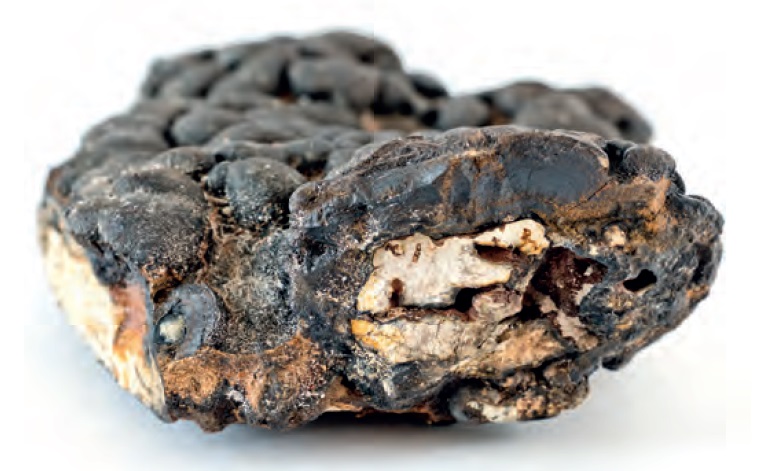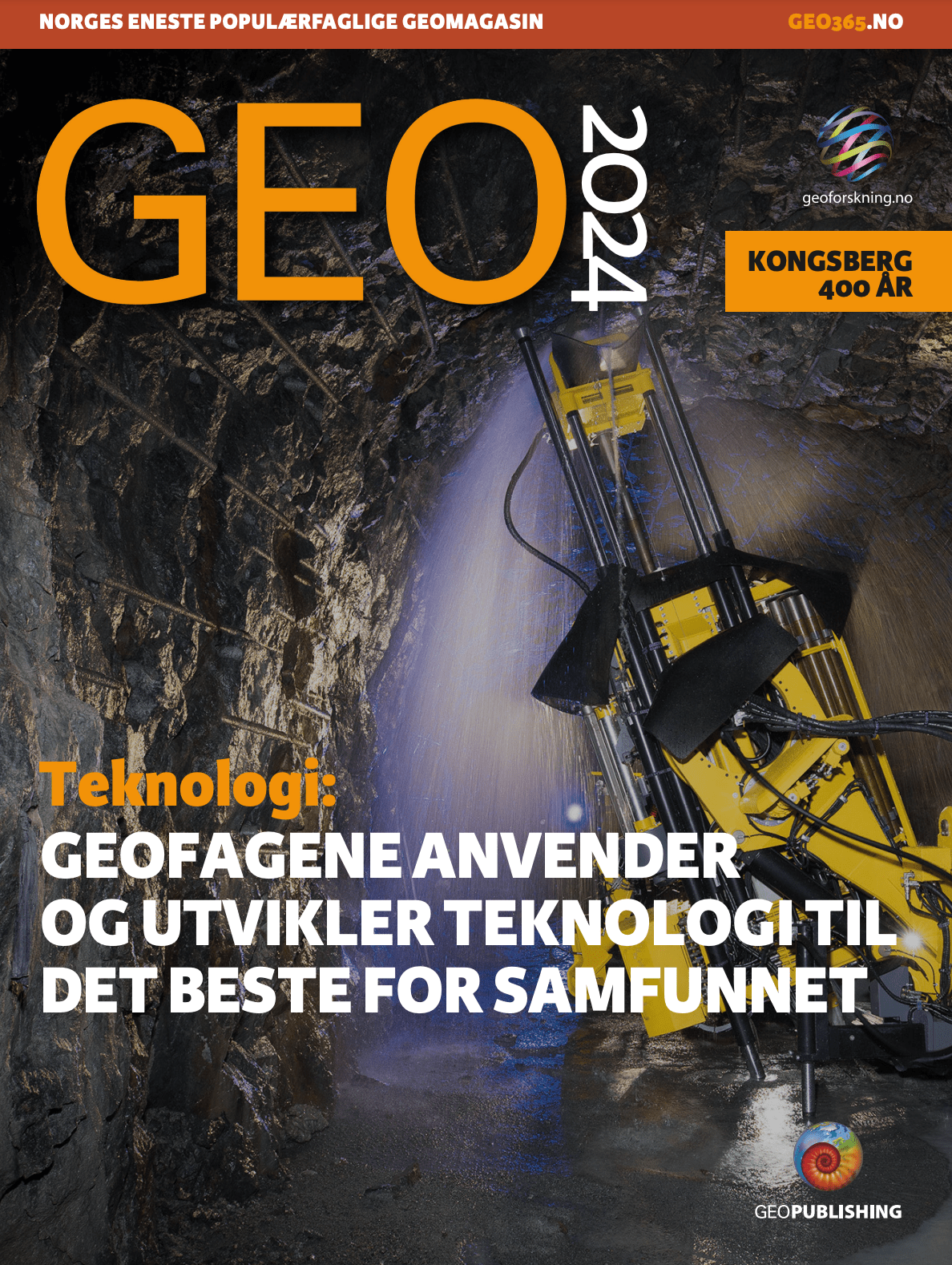There are tens of thousands of seamounts in the world’s oceans. Some of the mountain slopes are covered with metal-rich crusts – a possible future resource.
Crust formation at a seamount. Illustration: GEOMAR (Mineral Resources of the Deep Sea)
Not too shallow, not too deep. Metallic crusts in the ocean form along slopes on seamounts that are not covered by sediments. Typical water depths are 800 – 2,500 meters.
It is estimated that there may be 33,000 seamounts in the world’s oceans. But this is only an estimate. The oceans are far from fully mapped.
The crusts can constitute future metal resources as they typically contain cobalt, nickel, rare earth metals and trace amounts of other in-demand metals and minerals.
The metal-clad mountains are formed by volcanic activity and have built up over millions of years. Crust formation is also a millions of years long process, but is not related to volcanism.
The crusts grow by about 1 – 5 millimeters per million years and consist mainly of silicates, iron and manganese oxides.
The chemical conditions must be optimal and are controlled by the shape of the seamounts and how they affect deep sea currents, as well as the oxygen content in the sea.
The illustration above shows where and how crusting takes place. In the zone with minimal concentration of oxygen, metal ions that are found naturally in seawater accumulate.
If the bottom currents, which contain more oxygen, can follow the mountain slopes upwards towards this zone, the combination of a high concentration of metal ions in oxygen-poor water and the water with a higher concentration of oxygen will lead to the formation of metal oxides.
The crust formation is dependent on «clean» mountain slopes without the presence of sediments. The bottom currents ensure that any sediments are transported away from the slopes.
Metals and contents of crusts may vary depending on the location. Sampling of crusts in the Pacific Ocean southeast of Japan yielded the following results:
Manganese: 22.8%
Iron: 16.0%
Cobalt: 0.7%
Nickel: 0.4%
Rare earth elements: 0.2%
Copper: 0.1%
In combination, these grades exceed what we find in most mines on land today.
Expronews.com: Billions of tonnes
However, high grades alone do not constitute an economic deposit – the resources must be defined in sufficient volumes. As of today, only estimates exist.
 This crust fragment was collected in the Atlantic Ocean west of Africa. Photo: Jan Steffen / GEOMAR
This crust fragment was collected in the Atlantic Ocean west of Africa. Photo: Jan Steffen / GEOMAR
Exploration and extraction
The largest deposits are probably found in the Pacific Ocean 3,000 kilometers southeast of Japan in an area called the Prime Crust Zone (PCZ).
PCZ probably holds 57 percent of the world’s seamounts, which can be up to 150 million years old. The resource estimates are 7.5 billion tonnes of ore that contain 4 times more cobalt and 9 times more tellurium than known resources on land.
We also know of crust occurences in Norwegian waters. The Center for Deep Sea Research at the University of Bergen has found manganese crusts in the Norwegian Sea.
During the NCS Exploration – Deep Sea Minerals conference in Bergen in October, centre director Rolf Birger Pedersen said that in just a small part of the Norwegian Sea, we could potentially have crust resources equivalent to 20 times the EU’s annual cobalt needs.
READ MORE: 20 years of EU’s cobalt demand may lie here
Extraction of crusts requires mining of solid rock. The crusts are thin, and it is vital not to dilute the ore with worthless rock by mining too much. The vision is that small deep-sea robots that are able to climb the mountain sides can «peel off» the outer layers. Sort of like have you would peel a potato.
The ore can then be pumped up to a production ship via a pipe. The ship sorts the ore and send water and sediments back into the sea. A transport ship picks up the ore from the production ship.
Source:



